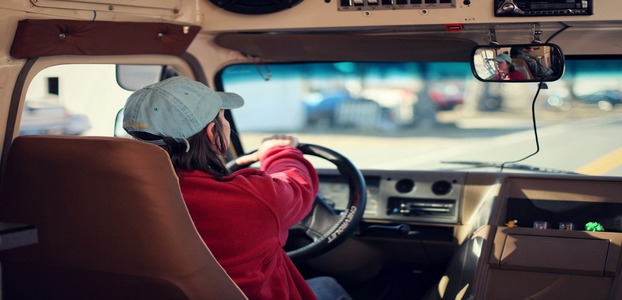Which Businesses Can Benefit the Most from Incorporating Drones?

Drones are quickly becoming part of everyday life and business models. These unmanned aerial vehicles (UAVs) benefit thousands of companies across the globe. Their impact on different industries continues to grow with every technological update.
High-tech drones possess the ability to fly long distances, take and record high-quality pictures and videos and withstand harsh weather. They offer practical solutions for some businesses and industries while changing the game for others.
Here are 10 businesses and industries that benefit from incorporating drones.
Delivery
Delivery is perhaps the industry that’s been at the centre of the drone conversation the most. With Amazon CEO, Jeff Bezos, planning to launch Amazon Prime Air, the discussions about drones have been heating up.
If a drone can deliver consumer goods or food to a specific location, that would be groundbreaking. It’s still in development, but when it becomes standard, it will radically change the delivery industry.
Marketing and Media
Marketing has taken to drones in a productive way. Many companies now use drones to capture footage that they use to advertise their products or services. These visuals then draw people in.
Similarly, movies and television shows utilise drone cameras, too. For instance, BBC’s “Planet Earth II” uses stunning drone footage in their episodes, showing how high-quality and useful it can be to engage consumers.
Architecture and Construction
Drones are versatile and can fly up to great heights. When they capture footage of buildings or structures, architects can use that in their designs. It can help them make models to-scale while understanding the necessities of the structure.
Construction, too, benefits from drones. The workers can study and inspect the structure and figure out which materials they need or which improvements they can make. It also keeps workers safe, as the drones can fly to unsafe heights to capture footage that workers would otherwise have to retrieve.
Emergency Services
Emergencies happen every day and are of the utmost urgency. Drones can help transport medical supplies quickly.
In instances of search and rescue, a drone can deliver things like bandages, blood or defibrillators to stranded victims. Helicopters take time and energy, whereas a drone can use infrared or night vision and get into hard-to-reach spaces.
Security
Since drones can move across distances or hover in one place, security personnel can use drones and their cameras to monitor different areas. With their high-quality cameras, security staff can identify issues quickly.
For instance, some officials at beaches in Australia have hired professional drone pilots to monitor security along the beach. This helps keep things in order and everyone safe.
Agriculture
Agriculture can involve large plots of land and many animals. A drone can help monitor the processes and information a farmer needs to operate. They can provide large-scale images or videos of crops or animals, helping with inventory and population control.
They can help map the farmland and determine how to best implement irrigation systems. They can also spray various nutrients, fertilisers or pesticides and water the crops.
Environmental Conservation
One of the most important areas of science today is environmental conservation. Much like agriculture, drones can provide environmentalists with improved information and data regarding ecosystems and wildlife. They can better track migration patterns and habitats, too.
Since drones are practical in size, they can navigate through small and difficult places without disturbing the wildlife. This provides a fast way of monitoring the environment that doesn’t disrupt the biodiversity.
Energy production, too, is an industry that drones can optimise. This includes inspections of wind and solar farms as well as more conventional energy generation plants.
Subaquatic Monitoring
The same idea from environmental conservation applies to underwater ecosystems. Water-based drones have the ability to submerge underwater and transmit photos, videos and data just the same as aerial drones.
The oceans are mysterious and contain many unknown animals and systems. A drone is more cost-effective than a diver and can provide lighting as it explores and gathers data underwater, helping researchers learn more about the world.
Engineering
Engineers can find themselves in many different industries. An engineering job can encompass anything from designing and building machines to maintaining systems, engines and public works. A drone can optimise parts of these processes by collecting data.
Projects like oil pipelines, road construction, electrical wiring and more all require things like maintenance inspections and infrastructure redesigns. A drone can send photos and videos of the project and transmit data, speeding the process and improving efficiency.
Professional Drone Pilot
Finally, drones themselves are becoming an industry of their own. Since they benefit dozens of industries, they require staff and maintenance, too.
Professional drone pilot is a position that’s in new demand because of drones’ increasing popularity. These pilots can gain experience in any of these industries as they operate the drone as their primary job.
The future likely holds even more promise for drones in industry. We’ll see how things unfold as new sectors develop and drones themselves receive additional hardware and software advances.
Bio
Emily Folk is a conservation and sustainability freelance writer. Check out her blog, Conservation Folks, or follow her on Twitter for the latest updates.















